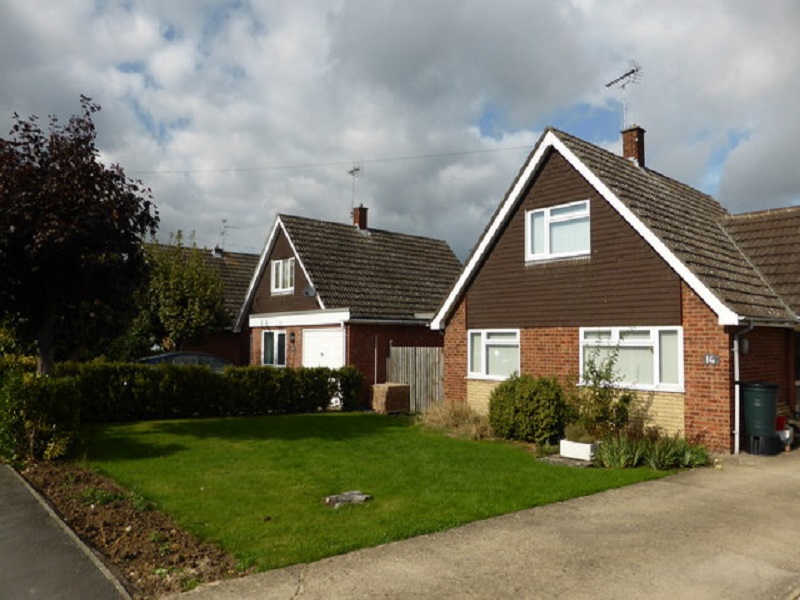Thanks to rising property prices and costly care home fees, a growing number of families are
choosing to live with older relatives.
Figures from the Valuation Office Agency show that there are more than 30,000 granny annexes in England in Wales – an increase of 39% in just two years. “A granny annexe can offer a useful bridge between independence and the provision of care,” says Martin Bamford, a chartered financial planner at adviser Informed Choice. “It can be a lot more cost-efficient than providing care either in a separate home or residential care home.”
In the past few years, the government has taken steps to encourage families to live together and has reduced social care costs for the taxpayer by discounting council tax and scrapping stamp duty increases on annexes.
But how do families make it work? And with so much money at stake, how can you decide if this is the right option for everyone? Moneywise takes a look.
How does it work?
Rather than moving a relative into the spare room in your home, setting up an annexe is more complex. Most often, both parties chip in cash to build the annexe. But how you share ownership of the property has financial – and legal – implications.
A ‘joint tenancy’ is where the property is owned in equal shares and if one ‘tenant’ dies, their share is automatically divided equally between the other owners.
In contrast, owning as ‘tenants in common’ means that while each party has a fixed share of the property, the shares may not always be equal and if one of the owners dies, their share will be inherited by their named beneficiary.
It may seem obvious to buy the property as tenants in common, particularly if you have invested different amounts of money.
However, it is vital to consider who would inherit any shares and how this could affect your living arrangements.
To further complicate matters, if a mortgage is needed to buy the property – or even to buy just a share – securing a home loan could prove challenging. Typically, lenders are unwilling to provide a mortgage to buy part of a property. This is because, should you default on your payments, they will be unable to recoup their costs as they cannot repossess and sell a home if someone else owns the rest.
Putting all owners on the mortgage is not an easy alternative either, as many lenders are reluctant to give mortgages to people past retirement age. Mark Harris, chief executive of mortgage broker SPF Private Clients, says: “Lenders routinely ask for details of the dependants living in a property.
“If one generation does not contribute financially, then the lender could make assumptions about how their lifestyle is afforded – for instance, the non-earning dependant becomes a financial drain on the others, which will affect the amount you can borrow.”
What is more, explains Mr Harris, some lenders do not like annexes with a separate entry and no access to the main house because of the risk of it being let out.
Read more at http://www.moneywise.co.uk/home-mortgage/improvements/building-granny-flat-sort-out-the-finances-first


